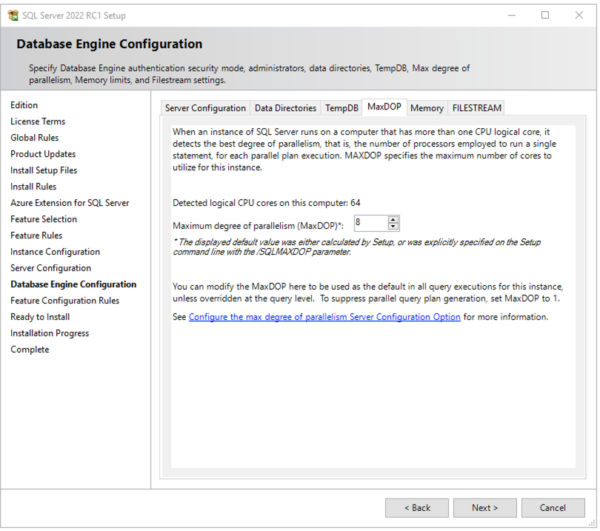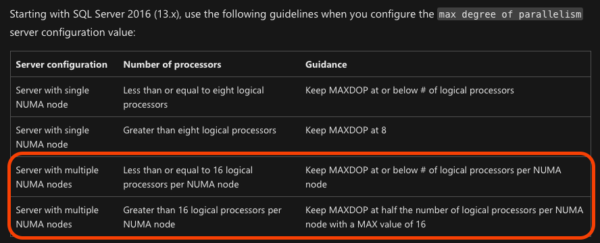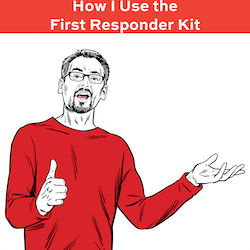Microsoft released SQL Server 2022 today, November 16, 2022.
The footnotes indicate:
SQL Server 2022 free editions (Developer edition, Express edition) are available to download starting today. SQL Server 2022 paid editions (Enterprise edition, Standard edition) will be available in Volume Licensing (Enterprise Agreement, Enterprise Agreement Subscriptions) customers starting today, which represents the majority of SQL Server customers. Customers purchasing via CSP, OEM, and SPLA can begin purchasing SQL Server 2022 in January 2023.
Learn more about what’s new in SQL Server 2022.








 Oct 24 –
Oct 24 – 

 Oct 17 –
Oct 17 – 

 Oct 10 –
Oct 10 – 